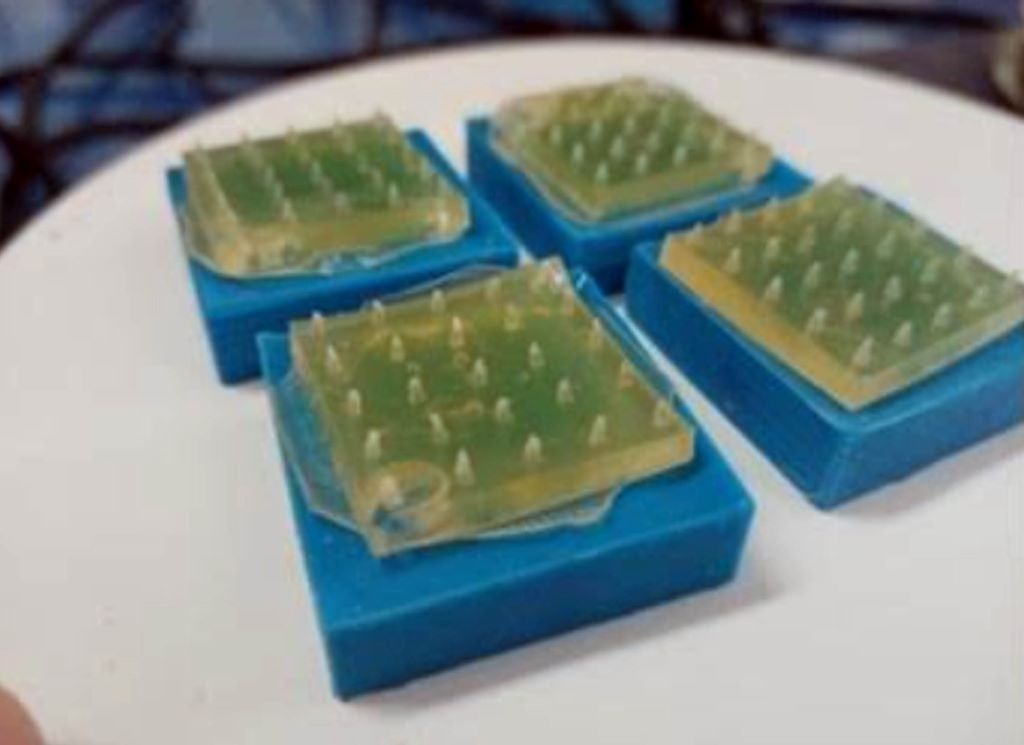Healing Wounds with Antibiotic-Infused Biodegradable Microneedles: A Breakthrough for Diabetic Care
Discover the innovative solution to treat first-degree burns, wounds, and ulcers in diabetics, developed by experts. Antibiotic-filled biodegradable microneedles aim to prevent infections and speed up healing.





